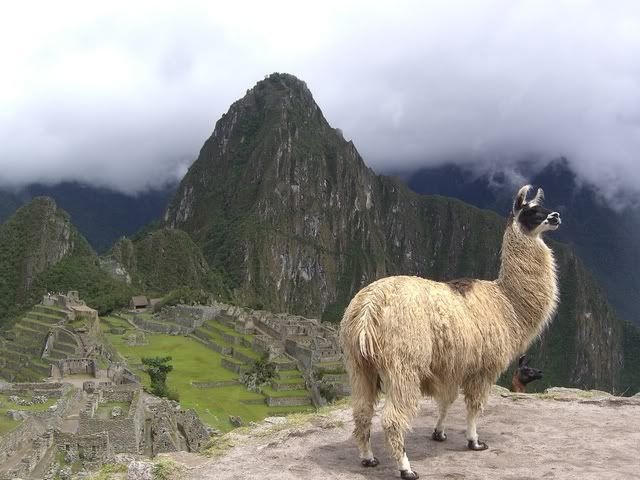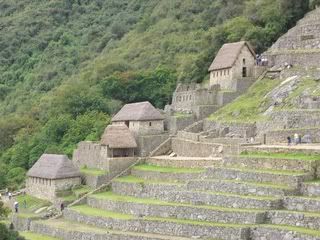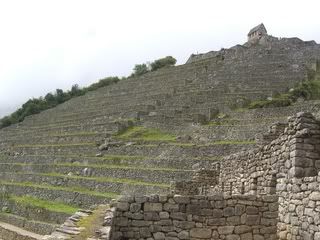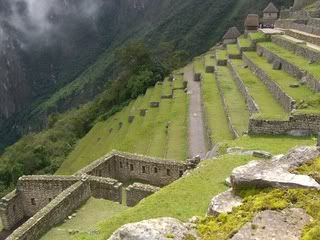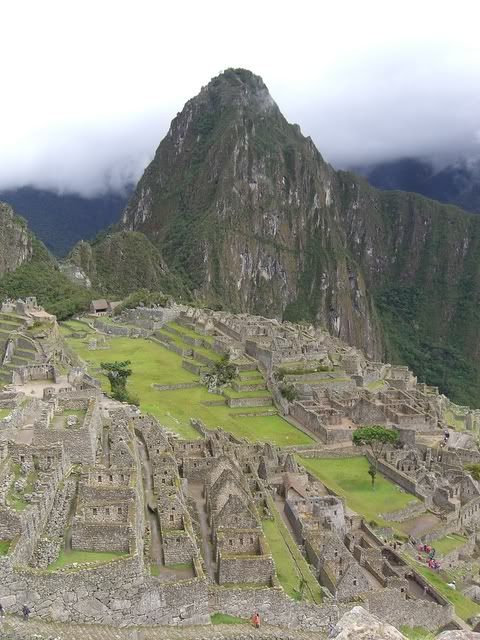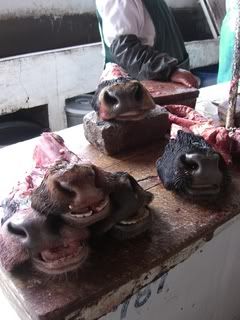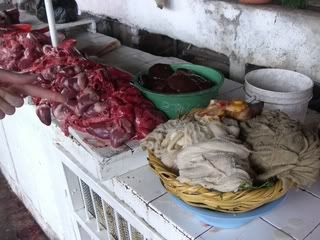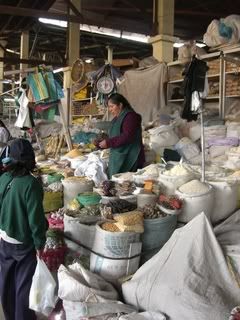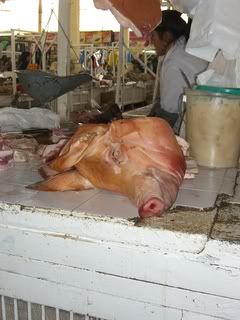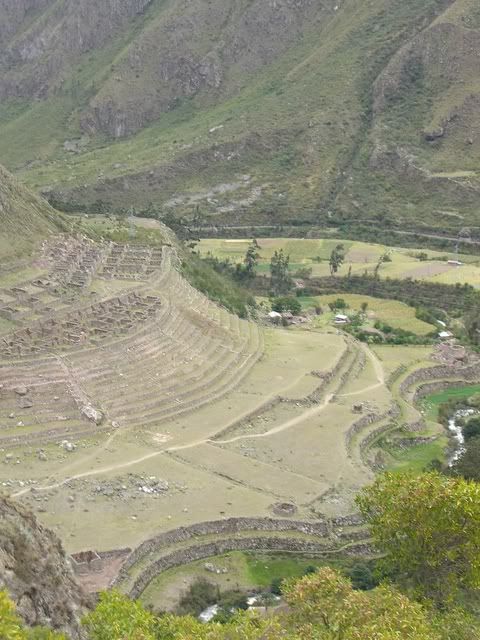Peru Review: Cusco – Peru Treks (tour operator)
Wednesday, January 9th, 2008Name: Peru Treks
Location: Cusco, Peru
Address: Calle Garcilaso 265, Office 11, 2nd Floor, Cusco, Peru (2 minute walk from Plaza de Armas)Telephone: 00 51 84 505863 (from overseas), 084 505863 (from in Peru), 505863 (from in Cusco)
E-mail: info@perutreks.com
Website: http://www.perutreks.com/
Review: When looking for a company with which to do the guided Inca Trail it becomes overwhelming very quickly. Certainly the Machu Picchu Inca Trail has become much more expensive over the past few years but do you really want to scrimp on price? After doing a bit of research I decided that while cost was, of course, important what was most important to me is the treatment of the many porters that do all of the hard work on the trail…and to that end, the company doing the best work for porters’ rights is Peru Treks.
True, Peru Treks isn’t the cheapest company in Cusco (nor is it the most expensive) but it’s reasonably priced (under US$400 in 2007 though the price appears to have gone up for 2008 largely due to the weakening dollar). I slept better knowing that the Peru Treks porters were being paid the union contract wage of 164 soles per 4 day trip (about $50). Yeah, I know. That is practically nothing by Western Standards but as the information on the website states, including tips a porter going on just 4 trips a month is making nearly the same as a college educated teacher in Peru…and is working fewer days. The worst thing is that it is estimated that only 20% of the companies operating on the Inca Trail pay the required wage. Why don’t the porters complain? Well, this is Peru and things don’t run the way we’re all used to. Most of these uneducated porters are happy to have any job at all so tolerate the unfortunate conditions under which they work.
OK, speech over. Aside from the importance of porter welfare in their operations, the trek itself was very good and well organized. We had a full group of 16 persons (plus 22 porters/chef and 2 guides). The tents and sleeping bags were of high quality and the food was excellent. Anectdotally we heard that the food in other companies was terrible but we felt like were eating gourmet…it was truly amazing what the chef could prepare with just a single gas burner.
Our main guide was good and spoke excellent English. Our second guide was less good and spoke almost no English. Which is fine…except they advertise both guides as English speakers and the second definitely wasn’t. In fact, we couldn’t quite figure out what his function was as he didn’t do much at all near as we could tell. Aside from the second guide, the trip was great. I can’t recommend Peru Treks enough for their Inca Trail service. Pay a little extra for the good of humanity and have a great trip. Oh, and hire an extra porter to carry your stuff…it will make the trip so much easier and more enjoyable. Also, bring small change and coins in soles for the tips at the end…makes everyone’s life slightly easier in a process that could use some improvement.
Would I book with them again: Yes, definitely

